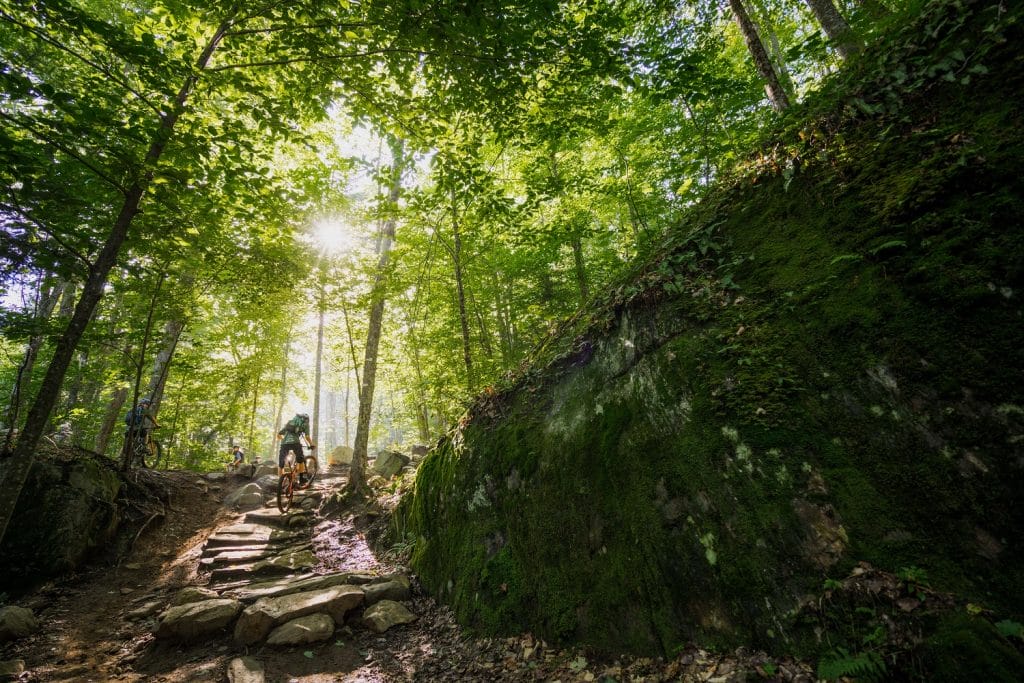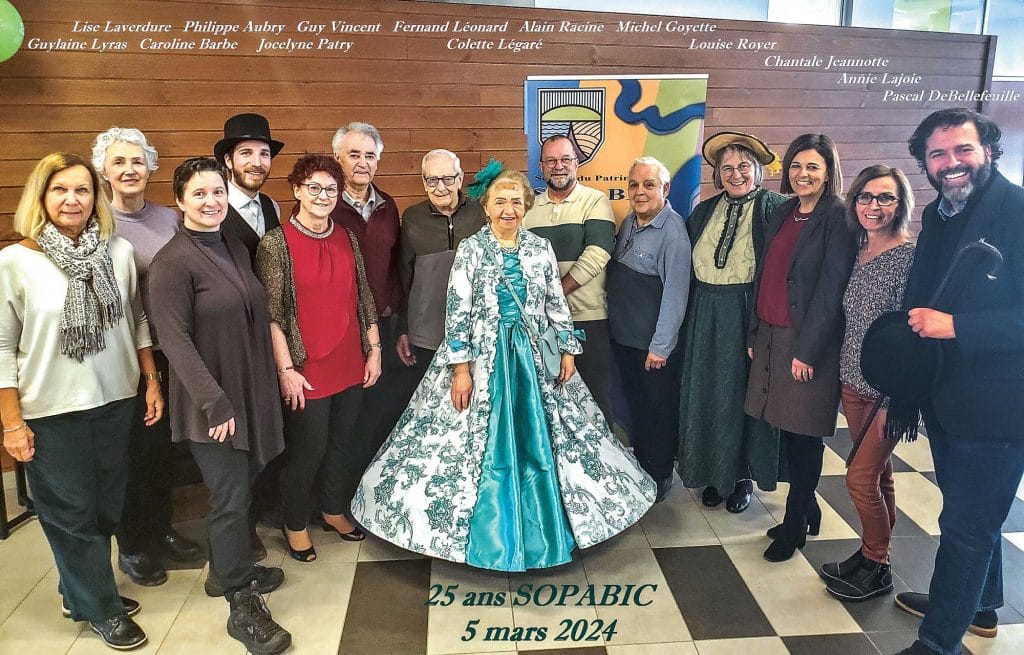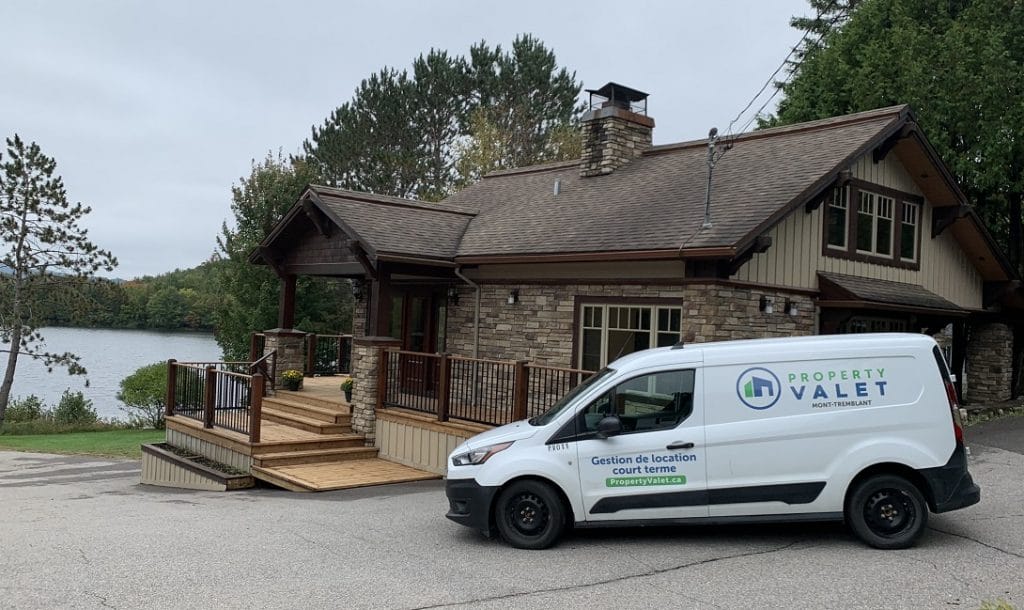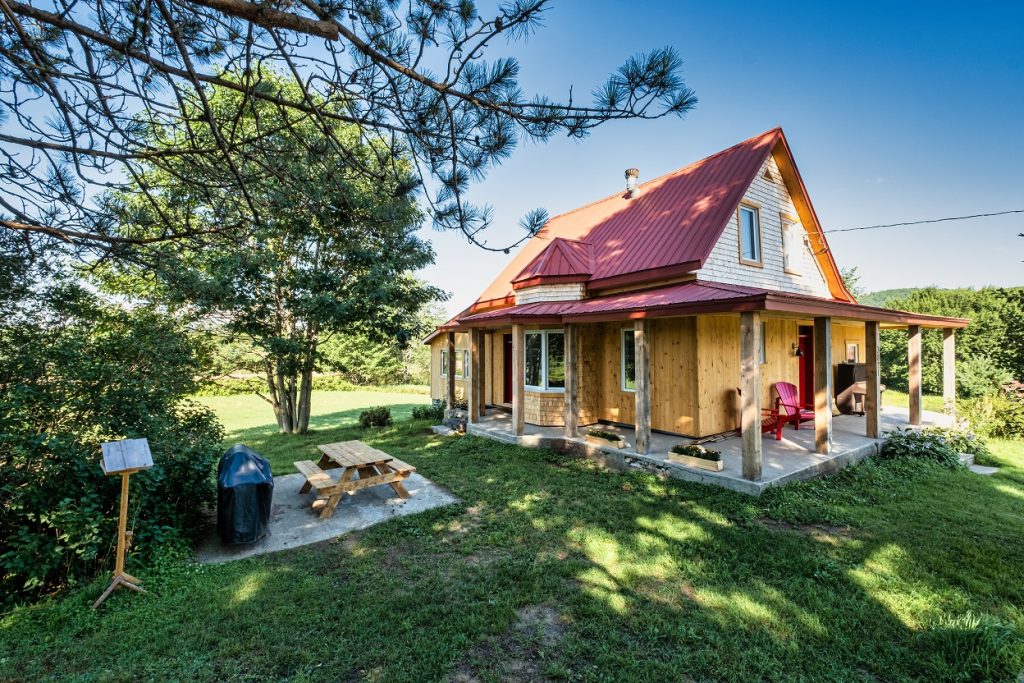Mont-Tremblant and the Airbnb effect (part 1)
By Véronique Piché
In Barcelona, Paris, Quebec City or Montreal, much has been written about the Airbnb phenomenon. In smaller centres and rural areas, however, its effect has not received much attention. Short-term rentals, however, are nothing new for Mont-Tremblant.
When Intrawest arrived in the 1990s, newly purchased condos were turned over to managers who rented them to tourists. But when the digital platforms such as Airbnb or Vrbo showed up, everyone could become a “host”. Since then, the number of rentals has risen continually, without our really grasping the impact. Do we have the data needed to make good decisions for Mont-Tremblant?
Quantifying the situation is a prerequisite. According to its evaluation register, the Ville de Mont-Tremblant has 630 tourist residences. But there’s a huge gap between that number and the reality. The website AirDNA, an indispensable tool for anyone interested in the worldwide short-term rental market, advertises more than double the number of active registrations for the same area.
Mont-Tremblant is a lucrative market for tourist rentals. In Canada, it is one of the rural municipalities having the highest revenues from short-term rentals. David Wachsmuth and his team from McGill University carried out the first comparative analysis of Airbnb-type activities across the country.
 They estimate that more than 30 per cent of revenues in rural zones are concentrated in three municipalities: Whistler BC, Prince Edward County ON, and then Mont-Tremblant, all three of which are major tourist destinations.
They estimate that more than 30 per cent of revenues in rural zones are concentrated in three municipalities: Whistler BC, Prince Edward County ON, and then Mont-Tremblant, all three of which are major tourist destinations.
“Mont-Tremblant is Québec’s third destination in terms of tourist numbers,” says Daniel Blier, general manager of Tourisme Mont-Tremblant, “so unquestionably, it’s attractive to everyone to make a bit of money by renting out their residence.”
The municipality has made Tourisme Mont-Tremblant the watchdog on this matter. Daniel Blier considers that, because this is a lively destination, there’s a delicate balance between traditional accommodation and collaborative accommodation.
His organization ensures, on a regular basis, that the Ville receives the information “from a tourism-related point of view”needed to make an informed decision.
Impact on real estate
The Airbnb effect tends to be viewed from the angle of tourism. Its impact on real estate, however, is well known. Bearing in mind Barcelona’s example, do Mont-Tremblant residents have a problem finding affordable lodging?
There is precious little information to allow a dispassionate look at the situation. Geneviève Demers, from the Ville’s Urban Plannning department, admits that it doesn’t have these data.
Hélène Bélanger,a professor at UQAM, knows a lot about the concept of “housing crisis”. According to her, the public data compiled by the CMHC doesn’t provide information about the situation in Mont-Tremblant. Nothing.
According to AirDNA, half of the short-term rental units in Mont-Tremblant are available full-time, which means at least 181 days in the past year. After that, 40 per cent of the units were rented for more than 90 days in the year.
For the McGill researchers, this kind of profile corresponds to lodgings “which have almost certainly been removed from the long-term rental market.” Makes you think….
There are still several questions. Besides the effect on real estate, the tourism offering and the regional economy, other matters deserve attention: the environment, the village identity, socal cohesion and coexistence. The Ville says it is aware of and sensitive to these issues, but it has little leverage to control the situation.
Its strategic plan, Destination 2030, places people at the heart of its actions. But it’s hard to make decisions for the future without having more precise data about the situation in Mont-Tremblant.












0 Comments